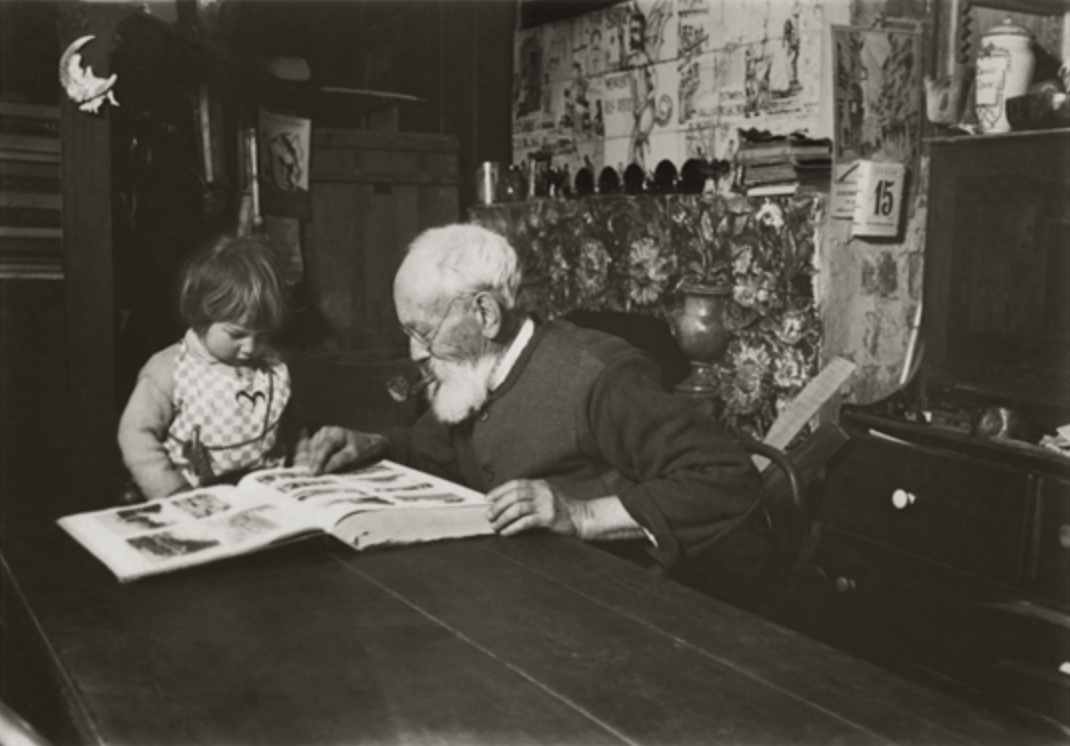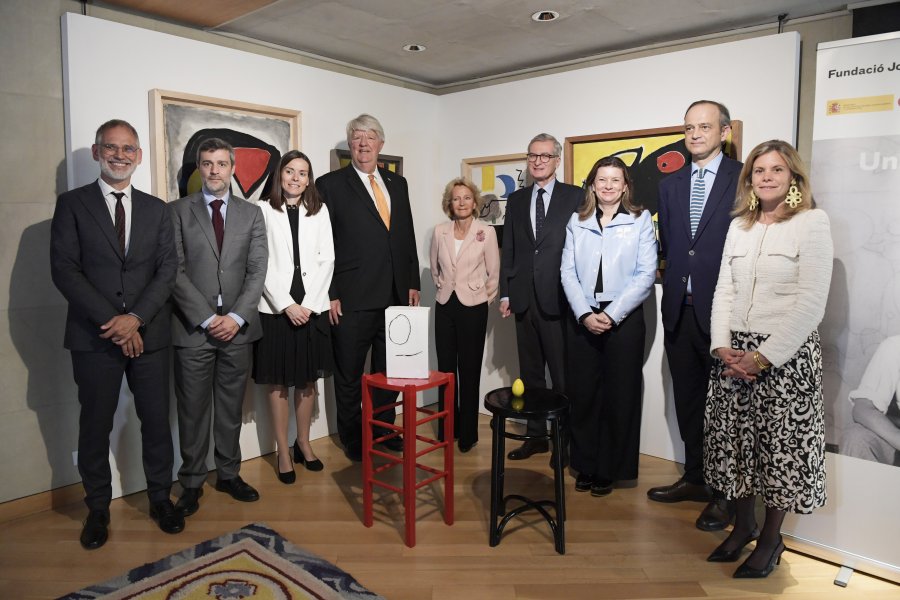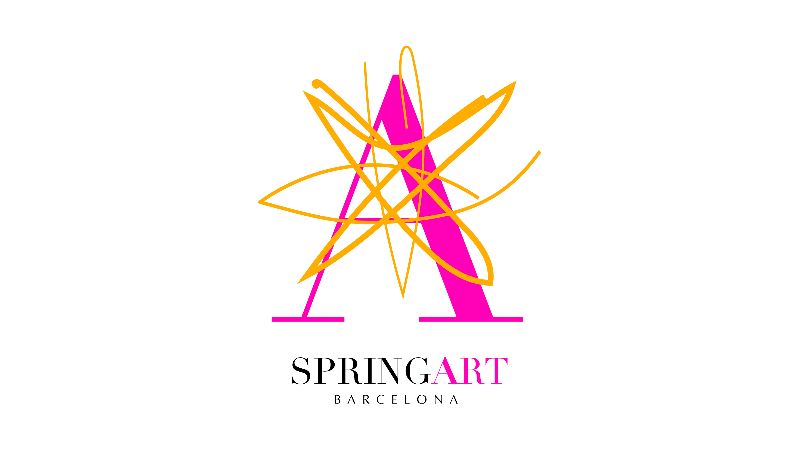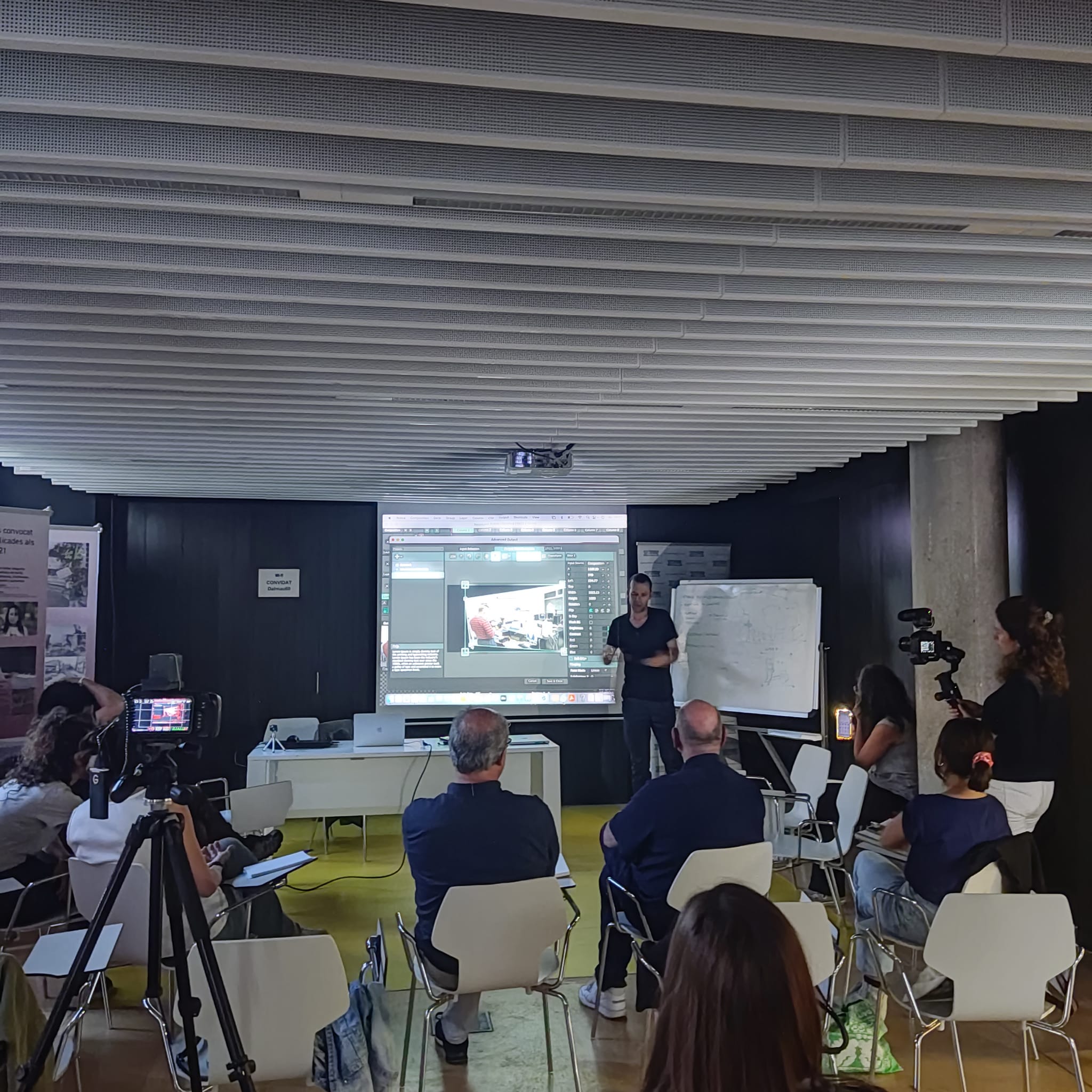Opinion
Claiming the "photo-roman"
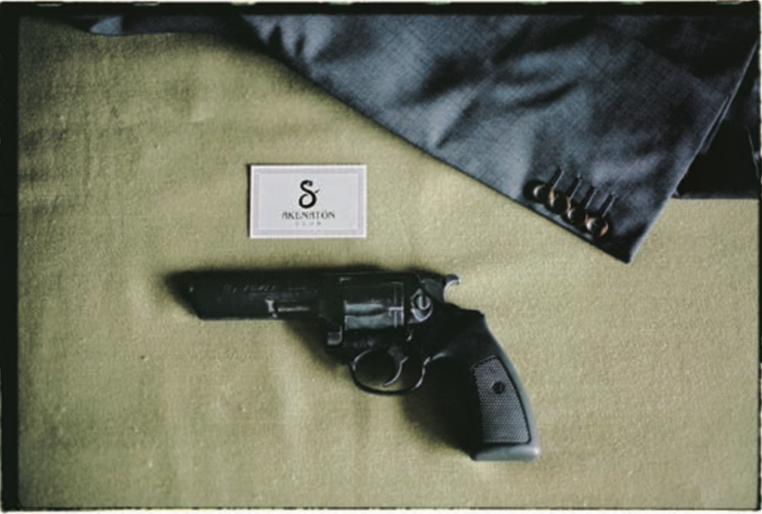
To the great existential questions that wake me up in the wee hours of the morning, this last week I have added one, perhaps of lesser impact but just as unsettling and unsolvable, which is the following (and which is accompanied by a photograph of a bedside table with the lamp on, a glass of water, metal-rimmed glasses and an alarm clock that reads 4:15): why doesn't the photo-novel genre proliferate more?
This way of telling an audiovisual story, without video but with a sequence of photographs with precise cadence and coordination, with a soundtrack of voice and music, must be claimed more, must proliferate more.
An unquestionable reference and bastion of the genre is La Jetée , by Chris Marker, who will be 61 years old this 2023 and, hey!, how contemporary! This 28-minute post-atomic dystopian story is as beautiful as it is unsettling, and the three basic ingredients needed by the photo-novel genre are in hypnotic synchrony: First, the photo (high-contrast black-and-white photographs, very grainy , the work of Marker himself); secondly, the voice (masculine and mysterious, by Jean Négroni, in the first person, which reveals the whole story), and thirdly, the music (a song-based soundtrack that encapsulates and gives rhythm to the fiction) .
Marker himself explained that he decided on this experimental genre after seeing the storyboards of BenHur and other epic films of the time and being fascinated by its beauty and potential. And the most fascinating thing of all is to have turned the process into a work.
It must be a pleasure for the director to work with absolute precision and synchronicity: each image enters at the right moment and lasts the right time; there are no timeouts, banal actions, intermediate stances or free transitions. Each image has its own reason. And the same goes for the voice: the story is perfectly constructed, with a single narrator, a single voice, appropriately pitched, in the first person, who tells the whole story; it is a monologue that fits perfectly with the visual discourse with a precise choice of each word and each intention. The third ingredient, music, designs the feeling of the piece: suspense, anguish, joy, redemption.
The last personal experience with a photo-roman has been recent and has not been in a movie theater, or on YouTube or in a museum; it has been on stage, at the Sala Beckett in Barcelona. Assassination of a photographer is a Cluedo (or, to be more precise, a whodunit = who has done it , as this subgenre is called that explains who has committed a crime), a detailed and beautifully written and performed detective story by Pablo Rosel, with photographs by Noemí Elias Bascuñana (flat details, empty landscapes, not a single face appears at any time) and jazz drum soundtrack by Clara Aguilar and Pau Matas; in the direction, coordinating the whole sequence, Ferran Dordal. An ode to precision and the joy of telling stories.





